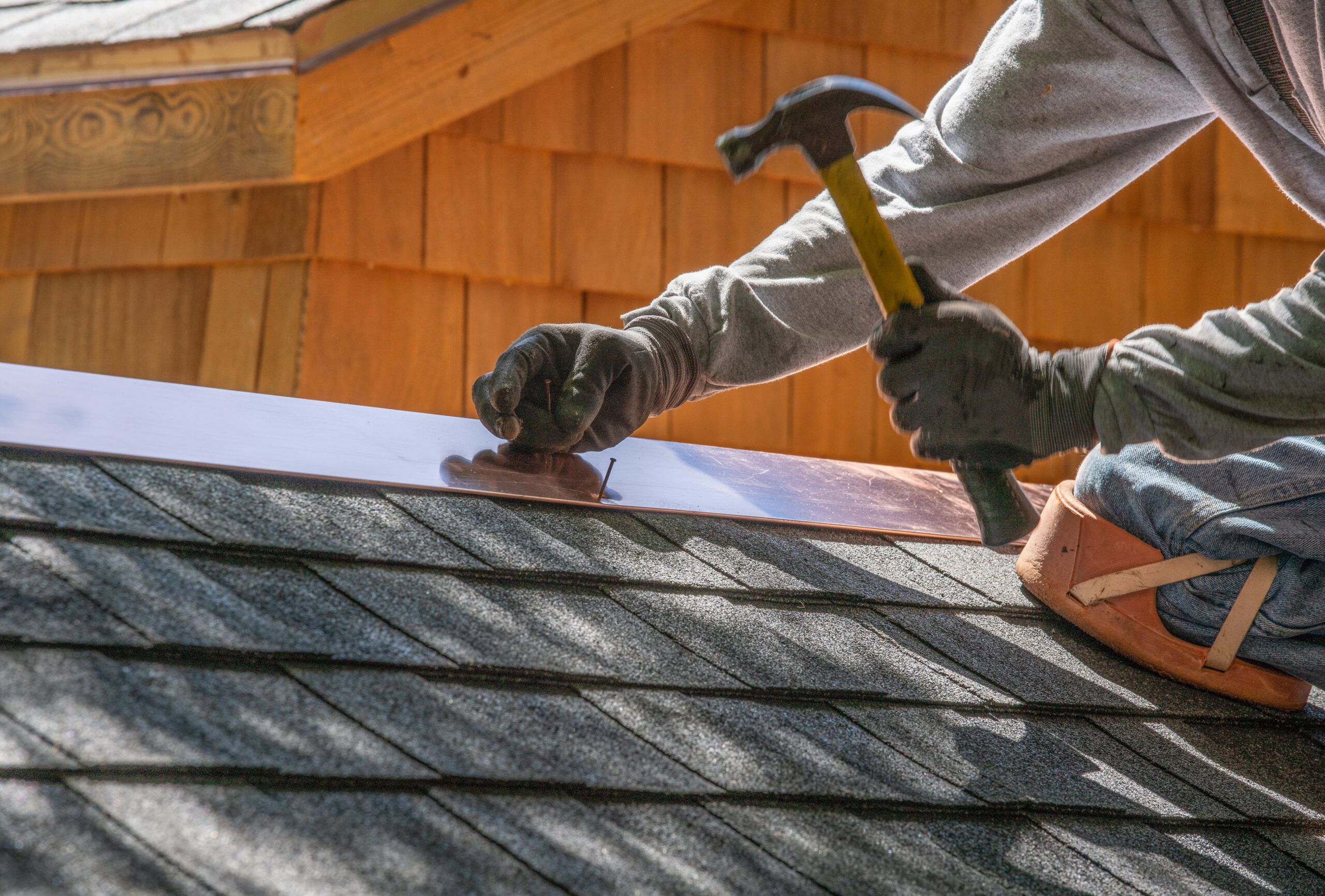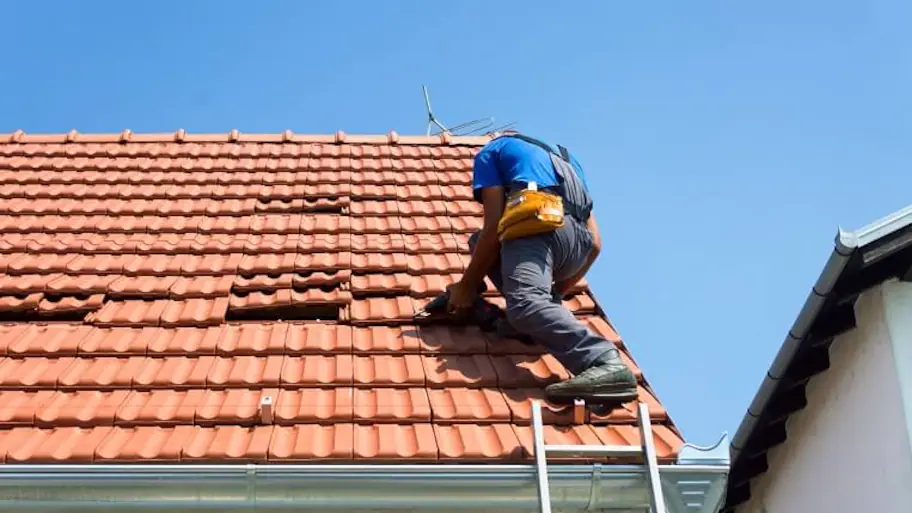Roofing Companies Oahu: Top-Rated Roofers for All Roofing Projects
Roofing Companies Oahu: Top-Rated Roofers for All Roofing Projects
Blog Article
Comprehending the Different Sorts Of Roofing Systems: A Comprehensive Guide for Homeowners
In the world of homeownership, picking the suitable roof design is a choice that brings considerable effects for both performance and visual charm. With a selection of alternatives-- ranging from the standard gable to the modern flat-- each kind presents unique benefits and challenges that must line up with the homeowner's environmental factors to consider and particular demands. Understanding these distinctions not just help in making an enlightened option but likewise influences long-term maintenance and power efficiency. As we check out the complexities of different roof covering kinds, it comes to be obvious that dimension does not fit all; the ideal selection might shock you.
Gable Roofs
Saddleback roofs, identified by their triangular form, are among one of the most popular roofing designs due to their simpleness and effectiveness in dropping water and snow. This design includes two sloping sides that meet at a ridge, enabling efficient drainage and reducing the risk of water build-up. The high pitch commonly associated with gable roofs enhances their ability to take care of hefty rainfall, making them suitable for various environments.
Along with their sensible benefits, saddleback roofs use visual versatility. They can be adapted to various building styles, from typical to modern homes. The design can likewise suit extra functions such as dormer windows, which boost natural light and air flow in the attic room.
Moreover, saddleback roofs give enough area for insulation, adding to energy efficiency. Homeowners can choose from a range of roof materials, including asphalt roof shingles, metal, and ceramic tiles, additionally improving customization alternatives.
Regardless of their benefits, gable roofing systems might require additional assistance in locations prone to high winds or hefty snowfall. In general, the gable roof stays a favored selection as a result of its mix of performance, durability, and aesthetic charm.
Flat Roofs
Level roofs are usually acknowledged for their minimalist layout and functional applications, particularly in industrial and commercial settings (oahu roofing). These roof coverings include a nearly horizontal or horizontal surface area, which permits for easy building and construction and flexible area application. While they may do not have the aesthetic allure of pitched roofings, flat roof coverings provide countless benefits, specifically in metropolitan environments where maximizing area is essential
One of the key advantages of level roofs is their availability. Homeowners can use the roof space for different purposes, such as roof yards, terraces, or solar panel setups. Furthermore, flat roofs are normally more affordable to keep and mount contrasted to their sloped counterparts, as they call for fewer materials and labor.
Typical materials used for flat roof coverings consist of built-up roof covering (BUR), modified asphalt, and single-ply membrane layers, each offering distinctive benefits. In general, flat roofings serve as a useful and adaptable selection for lots of property owners and organizations alike.
Hip Roofs
Hip roofings are characterized by their sloped sides that merge on top, developing a ridge. This layout is distinct from gable roof coverings, as all four sides of a hip roofing system incline downwards toward the walls, providing an extra steady structure. The angle of the slopes can vary, permitting flexibility in building visual appeals and performance.
Among the key benefits of hip roofing systems is their capability to hold up against heavy winds and adverse climate condition. The sloped surface areas enable much better water drainage, reducing the threat of leakages and water damages. Additionally, hip roofing systems offer increased attic room, which can be made use of for storage and even transformed into comfortable locations.
Nonetheless, building a hip roofing can be extra complicated and costly than less complex roofing types, such as gable roofing systems. The extra material and labor included in producing the slopes and making certain correct architectural integrity can result in higher expenditures. Despite these disadvantages, many house owners prefer hip roofing systems for their resilience, visual allure, and potential for power efficiency.
Mansard Roof Coverings
Mansard roofings, commonly identified by their distinct four-sided layout, feature 2 slopes on each side, browse this site with the reduced incline being steeper than the top. This building design, stemming from France in the 17th century, is not just visually enticing yet practical, as it makes the most of the useful space in the upper floorings of a structure. The high reduced incline enables even more headroom, making it an ideal choice for attics or lofts, which can be transformed right into living areas.
Mansard roofings are defined by their flexibility, accommodating various building designs, from conventional to modern. They can be constructed with different products, consisting of asphalt roof shingles, slate, or metal, offering property owners with a variety of alternatives to suit their spending plans and preferences. In addition, the style allows for the assimilation of dormer home windows, improving all-natural light and air flow in the upper levels.
Nevertheless, it is important to think about the potential downsides. Mansard roofing systems may need even more upkeep as a result of the intricacy of their style, and their steep inclines can be testing for snow and rainfall drainage. On the whole, mansard roofing systems combine sophistication with functionality, making them a popular option among house owners seeking distinct building features.
Shed Roofs
As home owners significantly look for simpleness and functionality in their building designs, lost roofs have emerged as a prominent selection. Characterized by a single sloping aircraft, a shed roofing system presents a minimal visual that complements different home designs, from modern to rustic.
One of the main benefits of a shed roof is its uncomplicated building, which often equates to lower labor and product costs. This style allows for reliable water drain, lowering the risk of leakages and water damage. Additionally, the vertical incline provides adequate room for skylights, improving natural light within the inside.
Lost roofs likewise provide flexibility in regards to usage. They can be effectively incorporated into enhancements, garages, or exterior structures like pavilions and sheds. Additionally, this roofing system design can suit various roofing products, consisting of metal, asphalt shingles, or also environment-friendly roofs, lining up with eco-friendly campaigns.
Nevertheless, it is necessary to take into consideration regional climate problems, as heavy snow loads might require changes to the roofing system's angle or structure. In general, dropped roof coverings present a functional and cosmetically pleasing choice for homeowners wanting to optimize capability without jeopardizing design.
Conclusion


Gable roof coverings, characterized by their triangular shape, are amongst the most popular roof styles due to their simpleness and efficiency in shedding water and snow. oahu roofing. The steep pitch generally connected with gable roofs enhances their capacity to manage hefty precipitation, making them appropriate for various environments
While they may do not have the visual appeal of pitched roof coverings, level roofs offer many advantages, especially in urban atmospheres where taking full advantage of room is critical.

Report this page